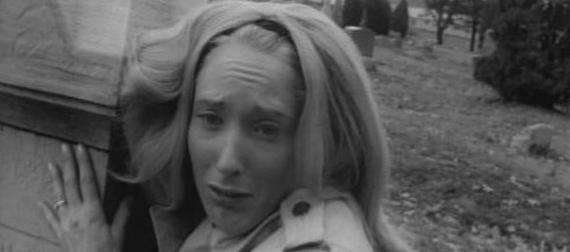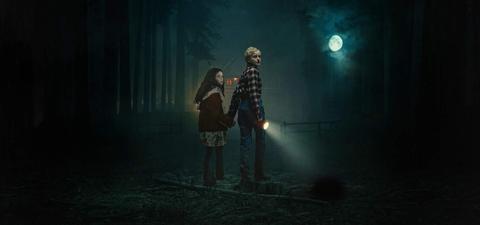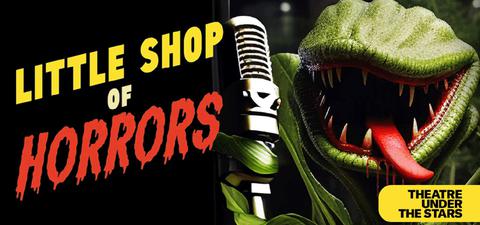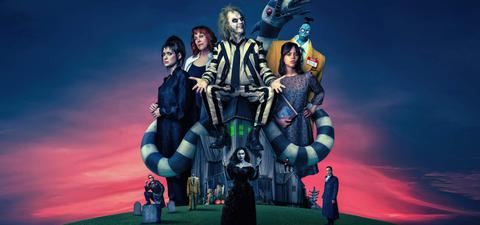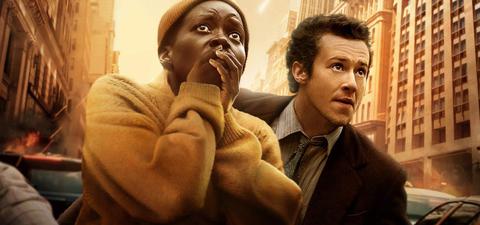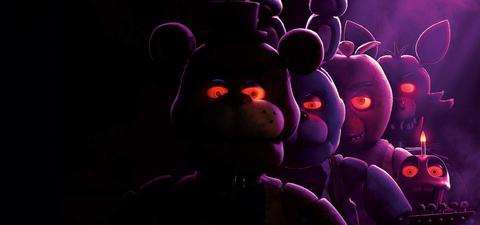Horror Classics: Night of the Living Dead (1968)
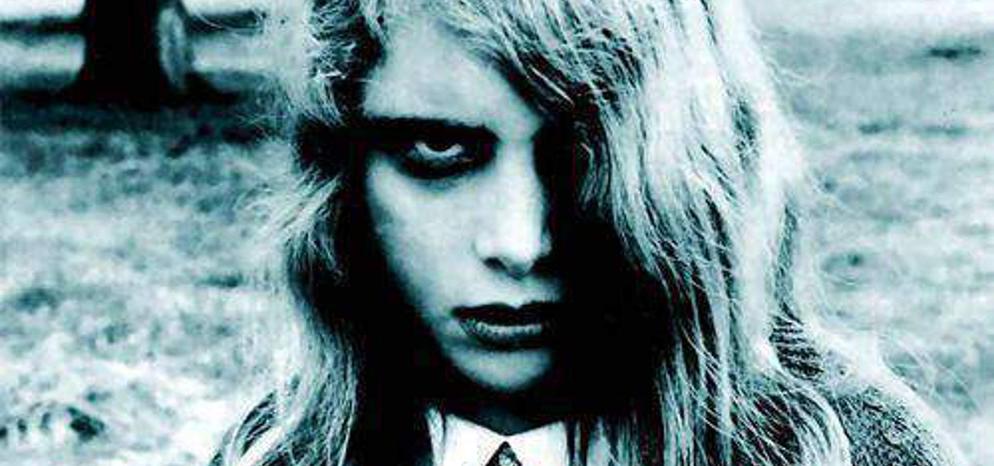
Though subdued when compared to later works of grotesque indulgence, the original Night of the Living Dead is tense and unrelenting. The key to savoring it is in buying into a rural mindset and suspending your disbelief in the situation. By limiting its scope and location, director George Romero manages to pull this off and create a lasting work that may still haunt viewers today.
What I found incredibly surprising about Night of the Living Dead, is that it almost felt like a parody of itself. Where many later works criticized the original zombies for being slow and ineffective, I expected this to be a logical flaw in film’s narrative that I would have to overlook.
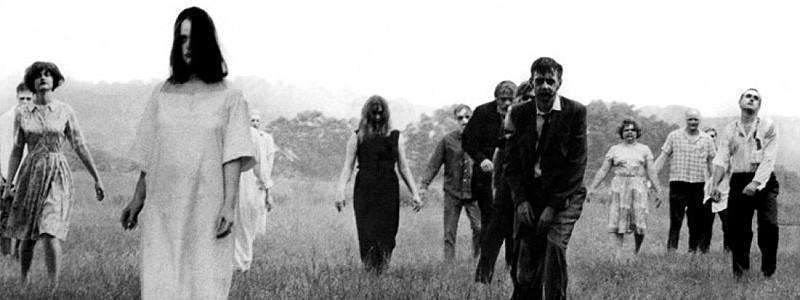
To the contrary, George Romero deliberately made his zombies fatal only to the most inattentive and self destructive of people. This is underscored and outright stated in news broadcasts visible to the audience throughout the story. In the midst of the chaos experienced by the protagonists the audience is given television close-ups of militia groups wiping out entire masses of zombies.
During one news broadcast interview, there is the following incredible exchange:
Field Reporter: Are they slow-moving, chief?
Sheriff McClelland: Yeah, they’re dead. They’re all messed up.
The narrative issue I was most concerned about was directly addressed in an aside that is directly targeted at the audience, in the very first movie to define zombies as cannibalistic undead. The brilliance here is that it means that their ineffectiveness is deliberate and purposeful. So the question becomes, why are they ineffective, and what does that mean?
The only possible conclusion and purpose for this is damningly clear: that the fate of the protagonists rests entirely within the realm of their own internal conflict. When they die, they only truly die because they have killed themselves. This includes when the zombies act as agents of their death.
This is reinforced in smaller ways throughout the movie. For one, with the exception of the very first death in the film, every single death is the direct result of a failure of character, carelessness, or outright murder. This is an extreme movie that makes a mundane statement about how we treat each other, about how our cowardice, our frailty of will, and our inability to support each other is definitively destructive on a mortal level.
We are told directly as an audience that what is happening outside is just a distraction and is inconsequential when addressed rationally and cooperatively, and then we are shown a diverse group of people overwhelmed by this empty threat.
The internal disorientation and stress the characters undergo is reinforced by the gore, and by the sharp and aggressive cinematography. As a director, Romero chooses intense and uncomfortable angles for his lens into this world. Viewers feel it, even as they feel the tension through the dialog, and the acting of the characters: fear, frustration, and despair.
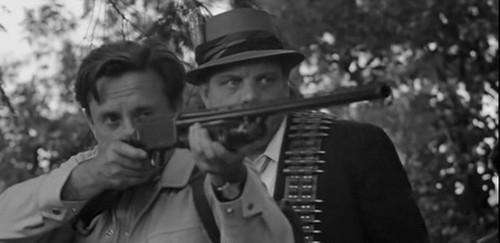
Without a single jump scare, Romero creates a feeling of uncomfortable distress that lasts even after the end credits roll, and has produced a work with a narrative that is timeless and can entertain and upset thoughtful viewers even today. Romero went on to reinforce these themes in all of his films, from Dawn of the Dead all the way through his more recent works, such as Survival of the Dead.
While there may be debate over which Romero film is executed with more technical skill, if you haven’t seen Night of the Living Dead, you owe it to yourself to experience this masterwork.
